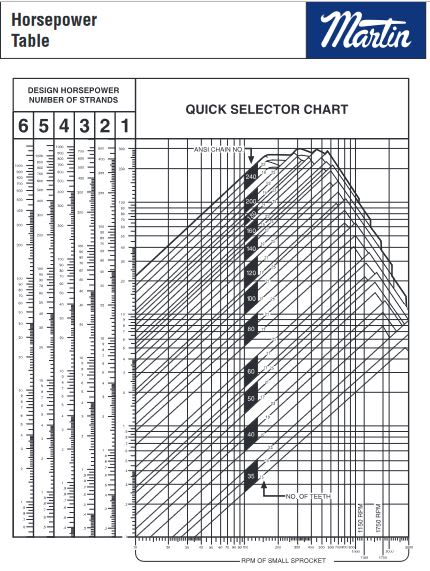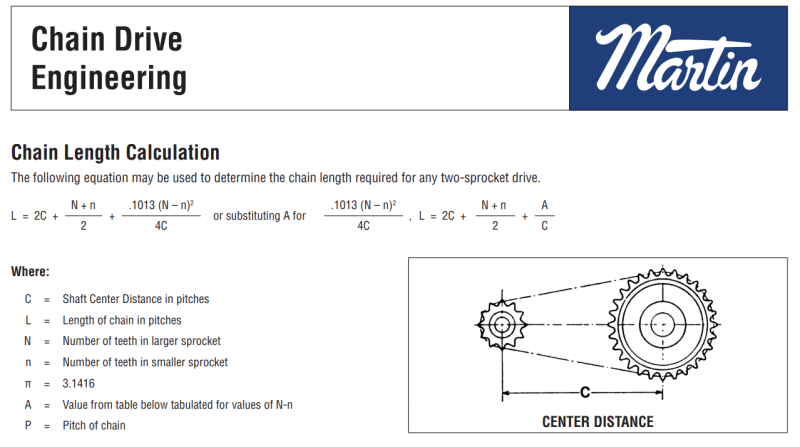Vish S
Mechanical
- Mar 21, 2024
- 14
I'm trying to design chain & sprockets for a chain drive powering a belt conveyor.
Things known to me:
Drive Pulley Dia– 36"
Motor – 150 HP 1780 RPM
Gearbox – M1170DH2-A-11.090:1 Ratio Falk
Backstop - TA30 Morse
Snubber Pulley Dia - 18"
Conveyor Rise – 16 Degrees
Conveyor Length – 350 Ft.
Conveyor Speed – 437 FPM
Is this enough information for me to make chain & sprocket selection?
Thanks for any information you may be able to provide me
Vish
Things known to me:
Drive Pulley Dia– 36"
Motor – 150 HP 1780 RPM
Gearbox – M1170DH2-A-11.090:1 Ratio Falk
Backstop - TA30 Morse
Snubber Pulley Dia - 18"
Conveyor Rise – 16 Degrees
Conveyor Length – 350 Ft.
Conveyor Speed – 437 FPM
Is this enough information for me to make chain & sprocket selection?
Thanks for any information you may be able to provide me
Vish

![[sad] [sad] [sad]](/data/assets/smilies/sad.gif)


